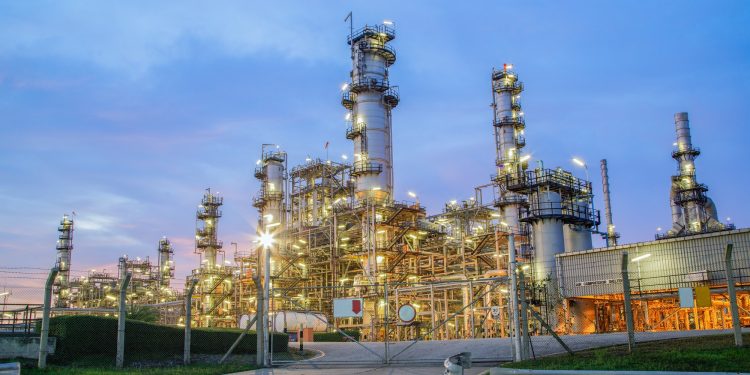Saudi Arabia’s economy, heavily reliant on oil, is under pressure due to plummeting crude prices, forcing the nation to consider increasing debt or cutting expenditures. This situation complicates the funding of its ambitious economic diversification plans. The decline in oil prices, reaching near four-year lows, results from fears of a global economic slowdown and increased oil production by some OPEC+ members, including Saudi Arabia. This downturn is set to significantly impact Saudi revenue, compounded by a reduction in dividends from state-owned Saudi Aramco.
The International Monetary Fund suggests that Riyadh requires oil prices above $90 per barrel to balance its budget, yet current prices have fallen below $65. Despite the Vision 2030 program aiming to reduce economic reliance on oil, substantial government spending is necessary for associated infrastructure projects. The Public Investment Fund (PIF), a key player in Vision 2030, also depends on oil revenue, including its shares in Aramco.
Experts predict Saudi Arabia will increase debt reliance, potentially delaying some projects due to existing fiscal challenges. Public debt has already increased significantly, with expectations of further growth. Aramco’s dividend reduction is anticipated to decrease government and PIF revenue by $32 billion and $6 billion, respectively. Analysts foresee the PIF seeking additional financing to support its investment goals, which include significant local economic contributions.
The finance ministry is adjusting spending priorities to sustain economic growth without overheating. Despite challenges, Saudi Arabia remains committed to achieving its Vision 2030 targets and hosting major global events. The lower oil prices align with geopolitical shifts, with the U.S. urging Saudi Arabia to manage oil prices and invest in the U.S. infrastructure. The nation enjoys a favorable debt-to-GDP ratio, maintaining lender confidence.


